Path of Exile 2 is shaping up to be a remarkably ambitious follow-up to its predecessor, and the exclusive presentation led by game director Jonathan Rogers gave us a firsthand look at the game’s innovative direction. Unlike past previews that focused on the early stages of the story, this preview dove straight into the endgame—a decision that reflects the development team’s clear commitment to building a vibrant, enduring experience that can hook players for hundreds of hours. This has led to a streamlined story in Early Access, condensed into three Acts to make way for a robust and immersive endgame right from the start.
The endgame design seems to be where Path of Exile 2 will flourish, with its visually impressive encounters, engaging bosses, and thrilling risk/reward structure that lets players adjust difficulty in exchange for greater rewards. This approach means players can take on increasingly difficult challenges to push their skills and patience to the limit, which should particularly appeal to Path of Exile‘s dedicated community.
The variety of endgame bosses alone highlights the game’s focus on giving fans complex, multi-layered battles that demand strategy and fast reflexes. In fact, some of the encounters we observed proved difficult even for the developers—a testament to just how engaging the challenges can get. It is clear that hardcore fans have very high expectations for this title, and this content is designed to meet those expectations.
One of the features I’m most excited about in Path of Exile 2 is its customization and upgrade system. The depth of this system allows me to shape my character and gear, adjusting skills and stats to fit my preferred playstyle. As someone who enjoys RPGs with complex build systems, I can appreciate just how intricate Path of Exile 2’s customization is. There are so many options to fine-tune my journey, making it feel personal.
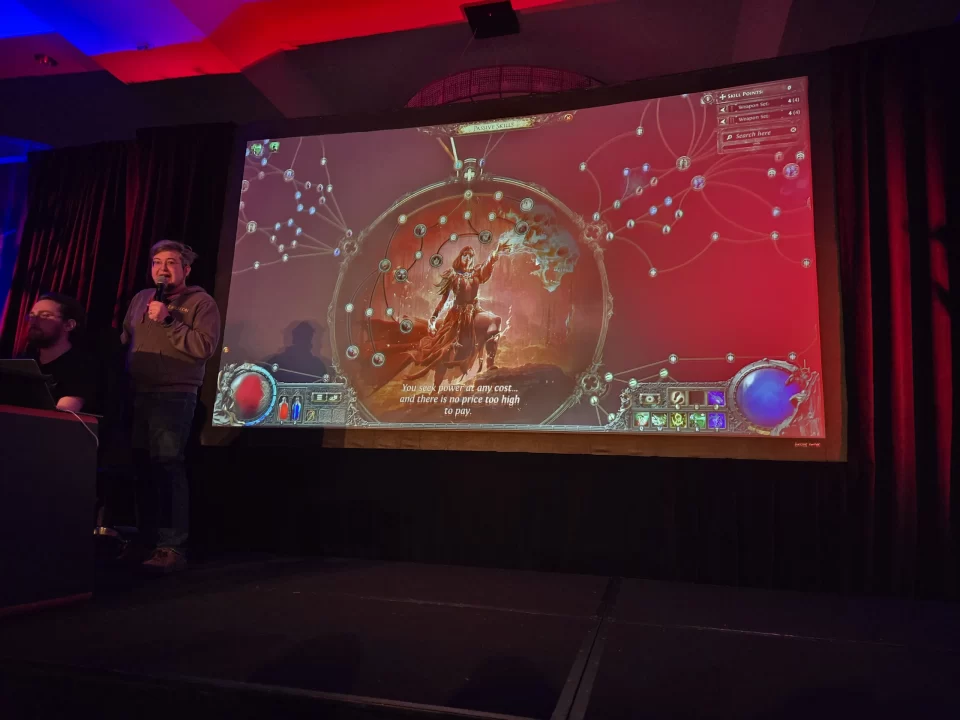
Whether I’m focusing on attack power, defense, or agility, I can dive deep into skill trees and attribute adjustments that create a lot of variety from one build to another. This system isn’t just about tweaking stats—it also lets me experiment with abilities and playstyle, which makes it appealing. For someone who enjoys fine-tuning characters for peak performance, this flexibility is one of the main reasons Path of Exile 2 stands out.
Following the presentation, we had the chance to get hands-on with Path of Exile 2 ourselves. Starting in Act 1, our experience initially felt much slower compared to the maxed-out characters shown in the endgame demonstration. The playable character in our build lacked upgrades like boosted movement and attack speed, making them feel far less agile than the characters in the demo. This progression disparity between early gameplay and endgame performance is notable, raising questions about how long it may take players to reach the game’s fullest potential.
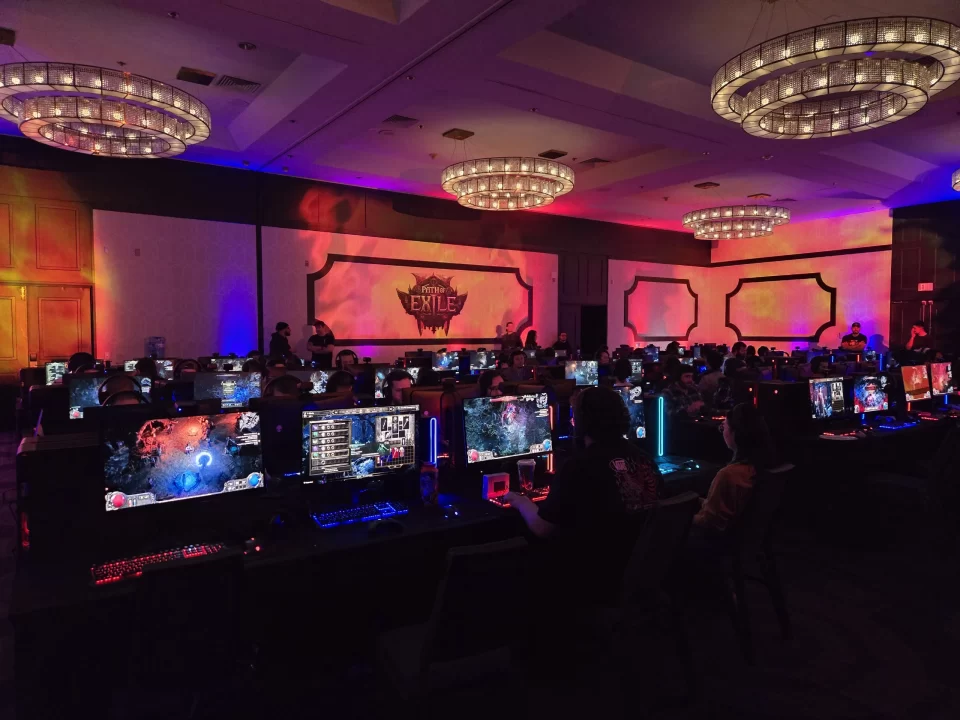
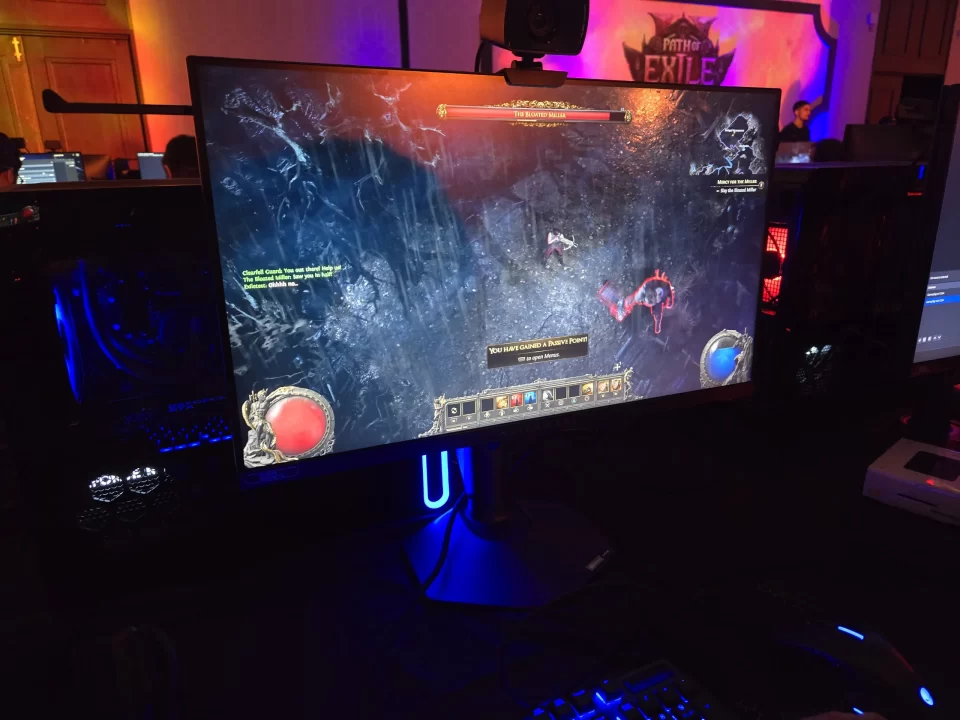
The early-game experience is slower-paced by design, requiring patience and commitment before players start feeling the excitement of heightened agility and advanced abilities. Yet, in some ways, this design choice mirrors Path of Exile’s roots, rewarding players willing to invest time to gradually unlock greater power and versatility. In addition to single-player gameplay, the developers have strongly emphasized co-op experiences, with support for couch co-op and controller functionality that felt polished even in the demo build.
The couch co-op feature brings a new layer to the game, allowing players to team up and strategize on the same screen—a feature we expect will resonate with online and local multiplayer fans. The enhanced controller support is another welcome addition, creating a smoother experience for players who prefer this input method and helping to make the game feel streamlined even in its most chaotic encounters.
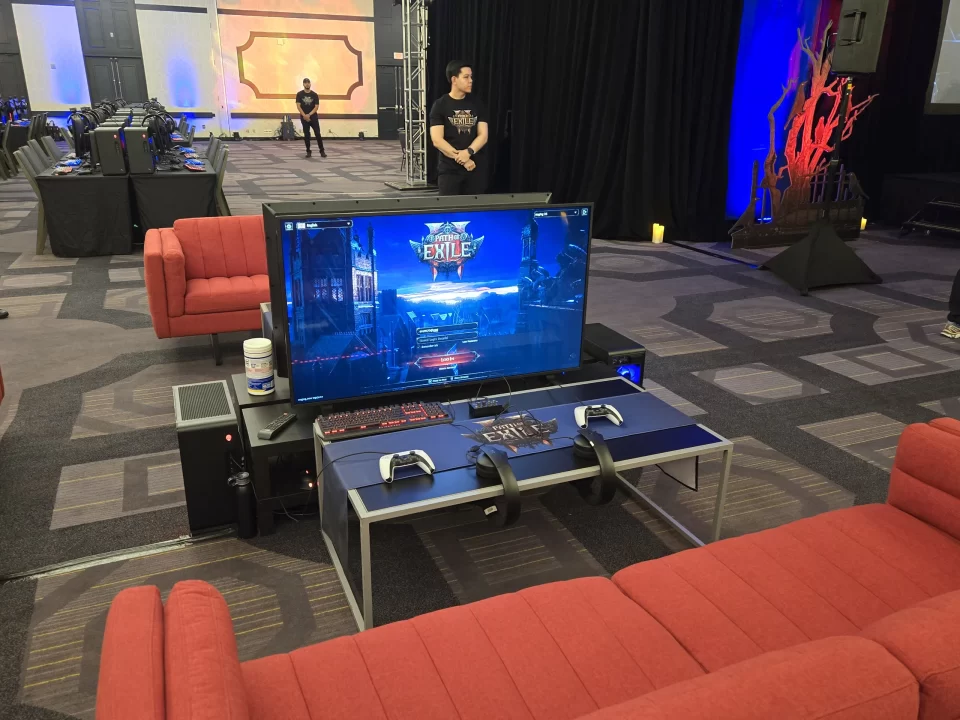
Balancing the needs of loyal Path of Exile fans with an approach that invites new players is no easy task, but from what we saw, Path of Exile 2 is taking meaningful steps to achieve this. The endgame is certainly geared towards experienced players looking for enduring content. However, the accessibility of features like controller support and couch co-op suggests an effort to appeal to newcomers who may be enticed by the game’s rich customization and rewarding grind.
Path of Exile 2 already feels like something special, and a game that will reward the time and effort you put into it, evolving alongside you as you refine your skills and dive deeper into its systems. The early stages might test your patience, but it looks to be worth sticking with it. In this crowded space, Path of Exile 2 stands apart as a deep and rewarding journey, offering impressive customization, a rich endgame, and engaging multiplayer options. I’m excited to see how far it can go.
Path of Exile 2 launches into Early Access on December 6th, 2024 and is coming to Windows PCs (Steam and Epic), PlayStation 5, and Xbox Series X|S. Learn more on the game’s official website. Finally, Grinding Gear Games hosted an “everything you need to know”-style livestream on their YouTube and Twitch channels earlier today, so give those a watch to see the latest!
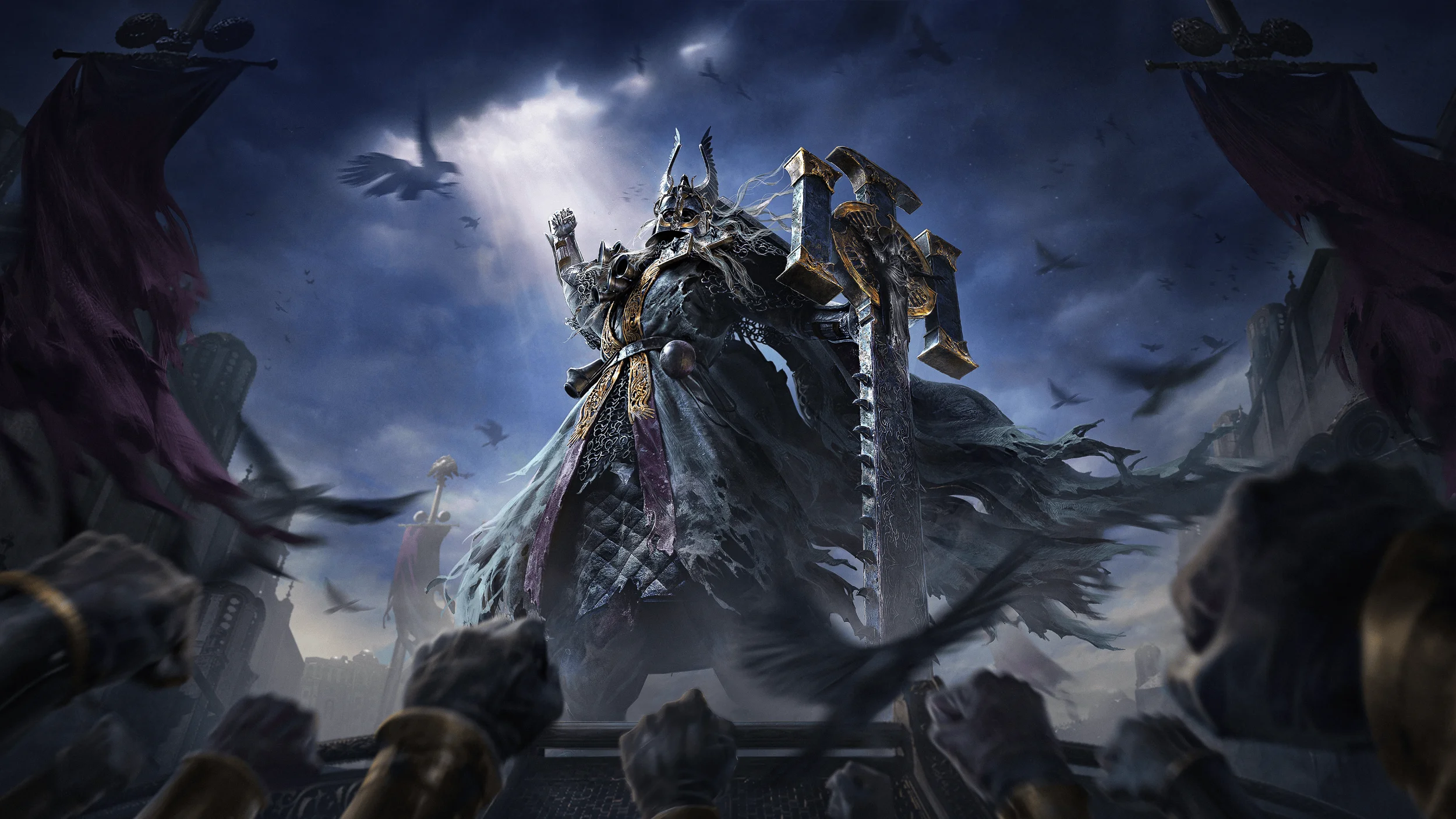

Leave a Reply
You must be logged in to post a comment.